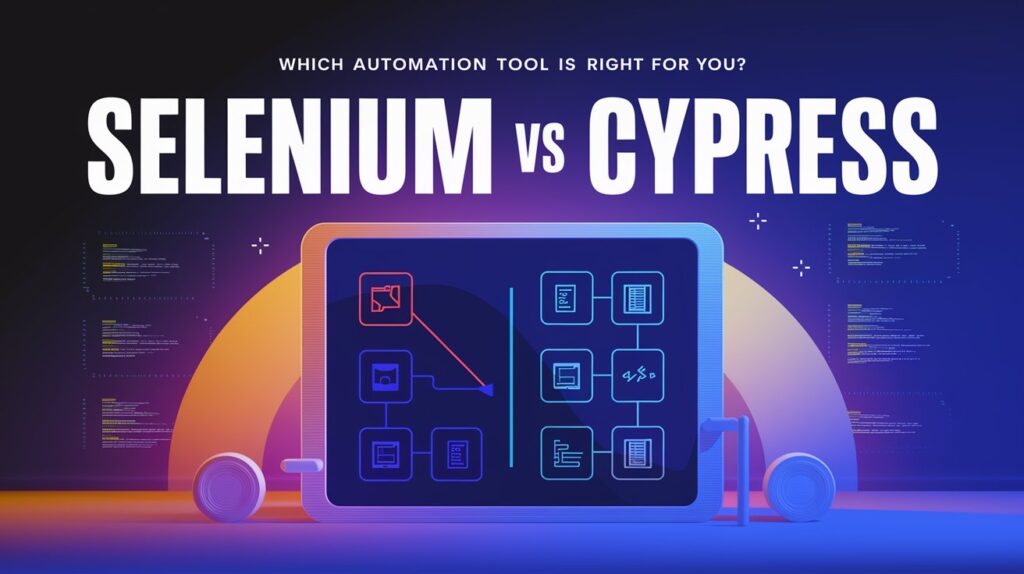Introduction

Choosing the right test automation tool is crucial for ensuring the reliability and performance of modern web applications. Selenium and Cypress are two of the most popular frameworks for web automation testing, but they serve different purposes and come with distinct advantages.
In this article, we will compare Selenium vs Cypress in terms of features, performance, ease of use, and best use cases. By the end, you’ll have a clear understanding of which tool is best suited for your project.
What is Selenium?
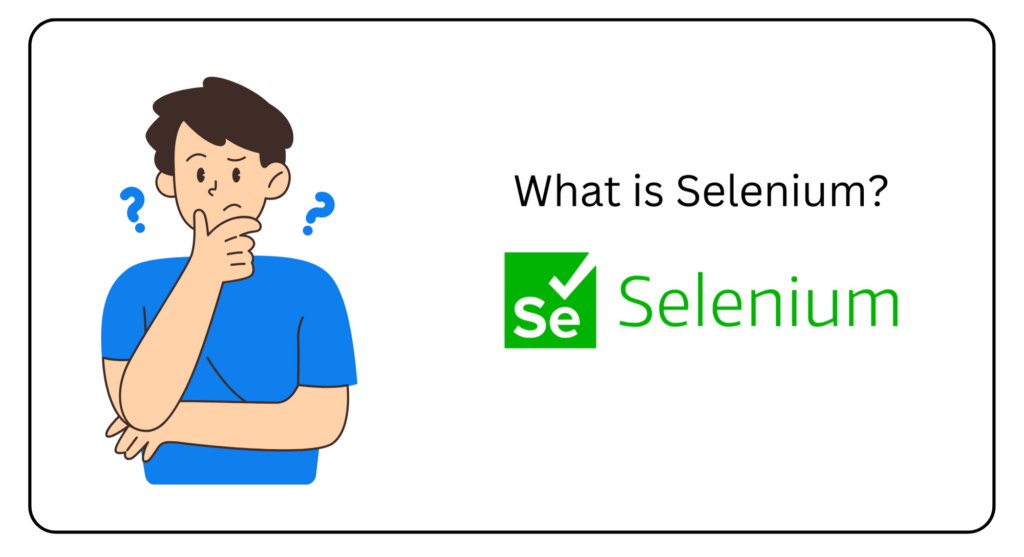
Selenium is an open-source automation framework that allows testers to automate web applications across multiple browsers and platforms. It supports multiple programming languages, including Java, Python, JavaScript, C#, and Ruby, making it a versatile choice for developers and testers.
Key Features of Selenium
✔ Cross-Browser Support – Works with Chrome, Firefox, Edge, Safari, and more.
✔ Multi-Language Support – Supports Java, Python, JavaScript, and others.
✔ Large Community & Ecosystem – Extensive documentation and third-party integrations.
✔ Supports Mobile Testing – Can be used with Appium for mobile automation.
✔ Parallel Execution – Run multiple tests at the same time using Selenium Grid.
What is Cypress?
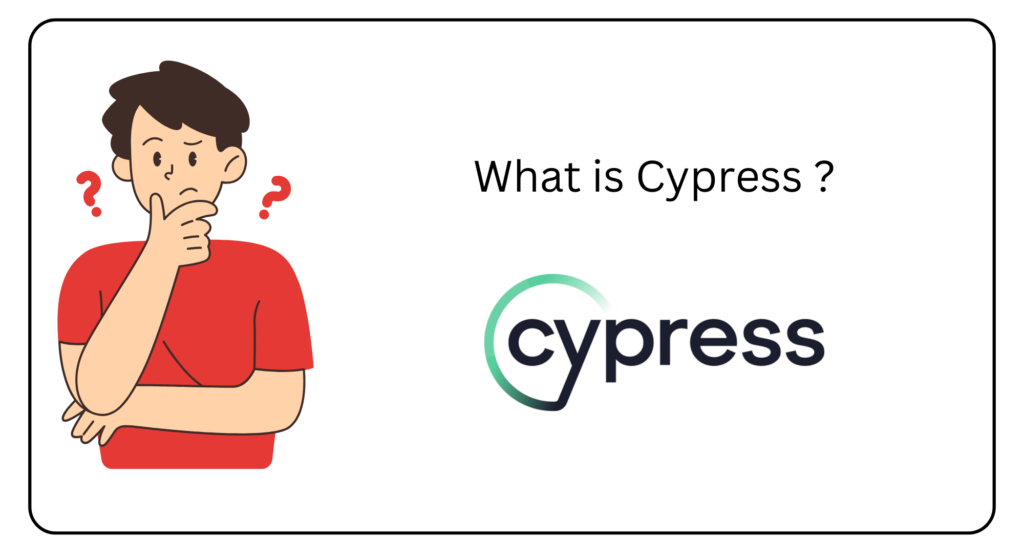
Cypress is a modern front-end testing framework designed for fast and reliable web automation. It is built specifically for JavaScript-based applications and runs directly in the browser, making it faster and easier to use than Selenium in many cases.
Key Features of Cypress
✔ Fast Execution – Runs tests directly in the browser without external drivers.
✔ Automatic Waiting – No need for explicit waits; commands execute when elements are available.
✔ Easy Debugging – Comes with an interactive test runner for debugging.
✔ Built-in API Testing – Can test API responses alongside UI tests.
✔ Real-Time Reloads – Test scripts update instantly as changes are made.
Selenium vs Cypress: Key Differences

| Feature | Selenium | Cypress |
|---|---|---|
| Language Support | Java, Python, JavaScript, C#, Ruby, etc. | JavaScript (Node.js) only |
| Browser Support | Chrome, Firefox, Edge, Safari, IE | Chrome, Edge, Firefox (limited) |
| Mobile Testing | Yes (via Appium) | No |
| Test Execution Speed | Slower (relies on WebDriver) | Faster (runs in browser) |
| Ease of Setup | Requires WebDriver and dependencies | Easy setup with built-in dependencies |
| Debugging | Requires external tools | Built-in test runner for debugging |
| Parallel Execution | Yes (via Selenium Grid) | Limited (via Cypress Dashboard) |
| Built-in API Testing | No | Yes |
When to Choose Selenium?
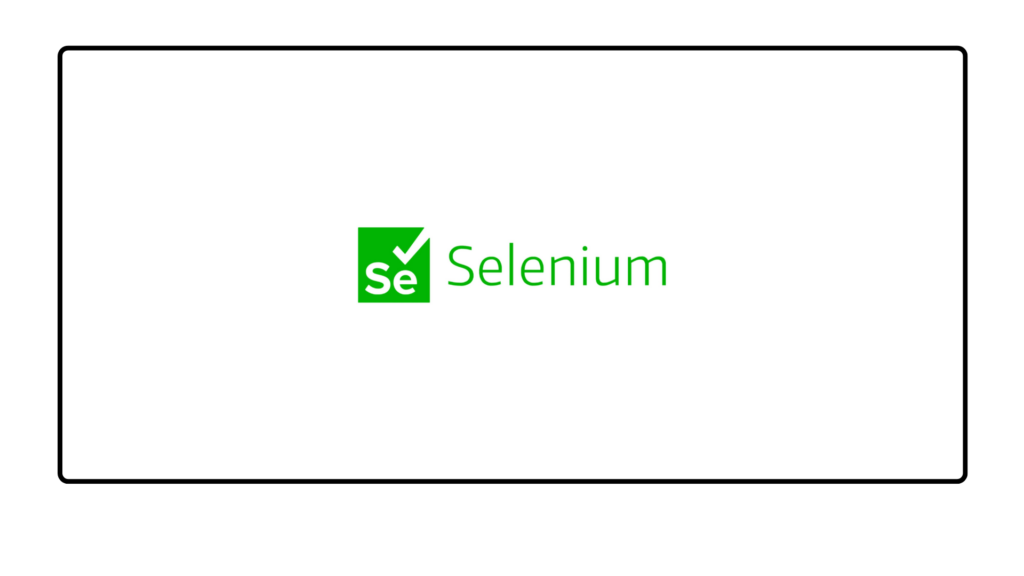
Selenium is a great choice if:
✔ You need cross-browser testing across different environments.
✔ Your team uses programming languages like Java, Python, or C#.
✔ You want to automate mobile testing (using Appium).
✔ Your application requires integration with third-party tools like TestNG, JUnit, or CI/CD pipelines.
✔ You need to execute tests in parallel using Selenium Grid.
When to Choose Cypress?
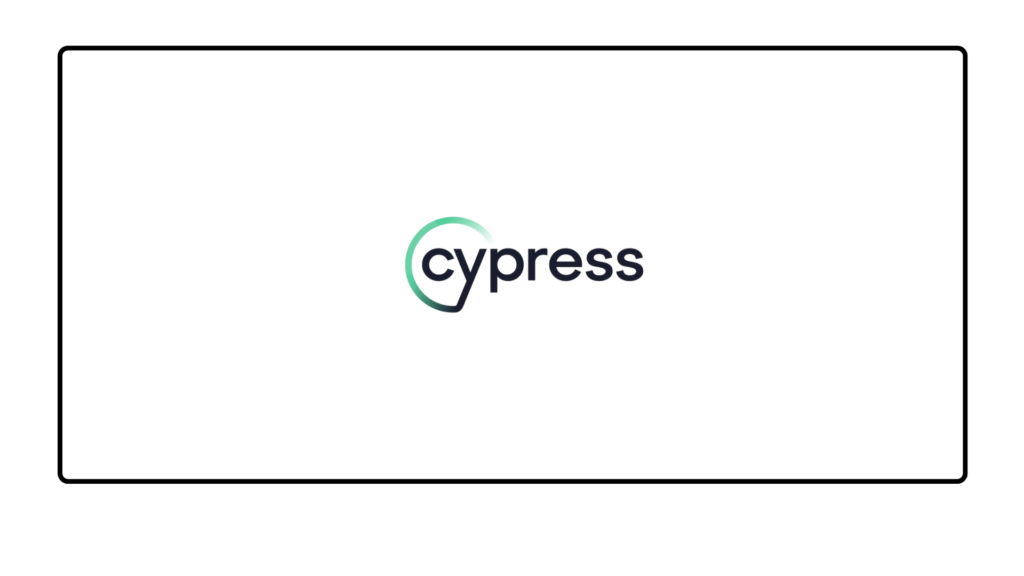
Cypress is ideal if:
✔ You are working on a JavaScript-based project (React, Angular, Vue, etc.).
✔ You need fast and reliable front-end testing with minimal setup.
✔ Your tests require real-time debugging and automatic waiting.
✔ You need a simple, developer-friendly framework for testing UI components.
✔ You want built-in API testing capabilities along with UI automation.
Pros and Cons of Selenium and Cypress

Selenium: Pros & Cons
✅ Supports multiple languages and browsers
✅ Can automate mobile applications
✅ Large community and ecosystem
❌ Slower execution speed
❌ Requires additional dependencies (WebDriver, Grid, etc.)
❌ Steep learning curve for beginners
Cypress: Pros & Cons
✅ Fast execution and easy debugging
✅ Built-in API testing
✅ Automatic waiting (no need for explicit waits)
❌ Limited browser support (no IE or Safari)
❌ Only supports JavaScript (Node.js)
❌ No built-in support for mobile testing
Which One Should You Choose?
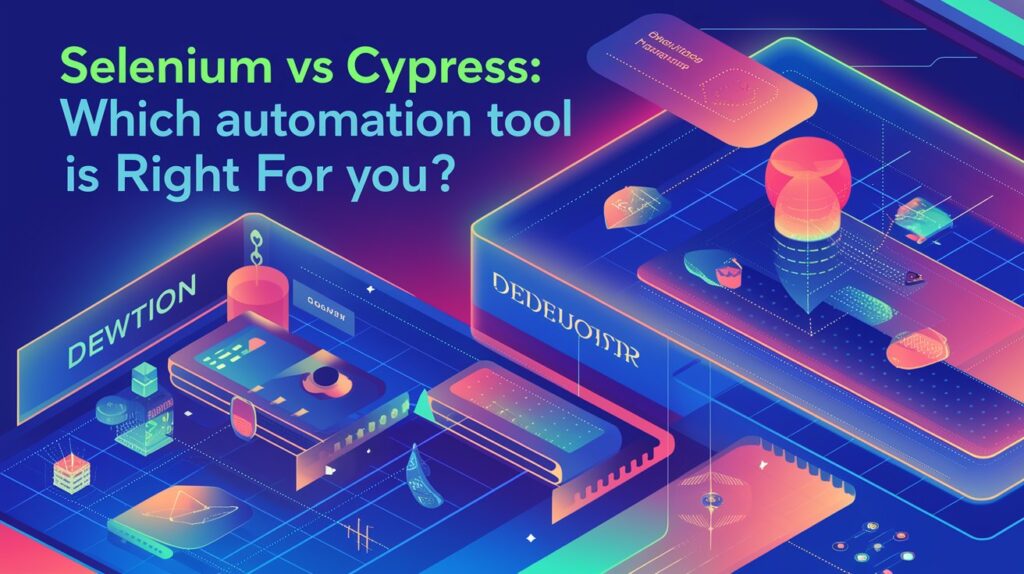
The best tool depends on your project requirements:
If you need cross-browser and mobile testing, Selenium is the better choice.
If you want fast, reliable, and easy UI automation for JavaScript applications, go with Cypress.
If your team prefers Java, Python, or C#, Selenium is the best option.
If you want built-in debugging and API testing, Cypress is a great fit.
Conclusion
Both Selenium and Cypress are powerful automation tools, but they serve different purposes. Selenium is best for large-scale projects requiring multi-language and cross-browser testing, while Cypress excels in front-end testing for JavaScript applications.
By understanding the strengths and limitations of each, you can make the right choice for your test automation strategy.



